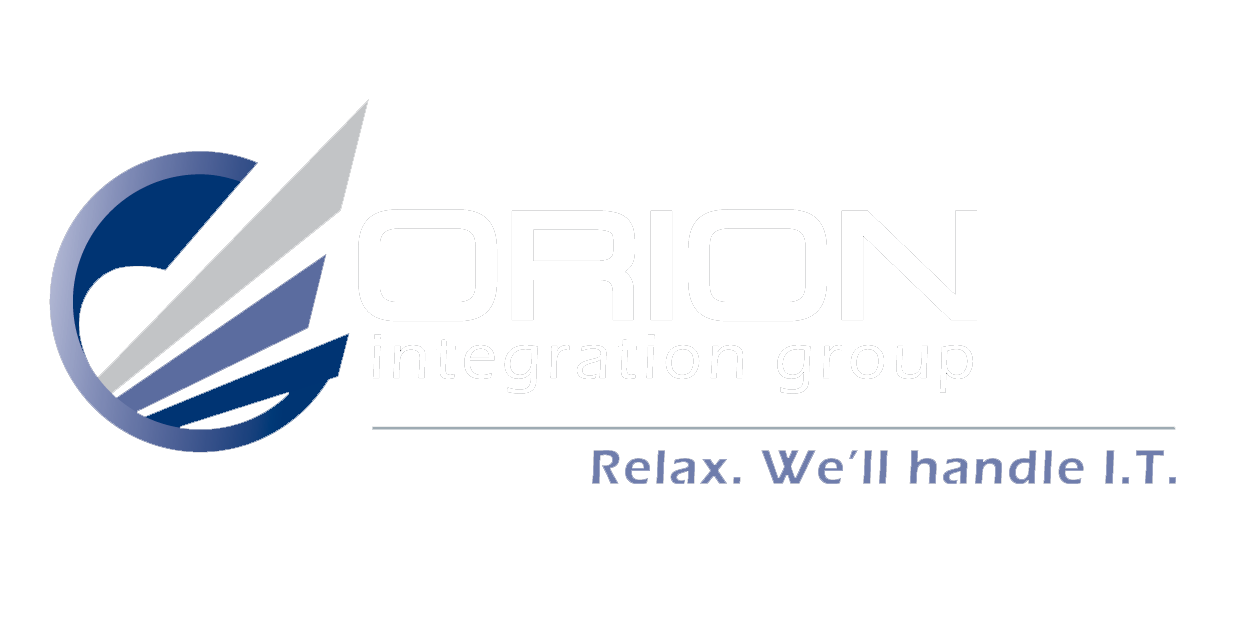Signs Your Business Has Outgrown Its IT Provider
As your business grows, your technology needs to evolve and not all IT providers are equipped to keep up. What worked when you had 10 employees may no longer be cutting it when you’ve scaled to 50, expanded into new markets, or have been introduced to cloud-based tools and remote work.
If you’re noticing more headaches than help from your current IT support services, it may be time to reevaluate your partnership. Here are the top signs your business has outgrown its IT provider and what to look for in your next solution.
1. Slow Response Times Are Costing You
When systems go down or your team encounters issues, you need answers fast. If you're constantly waiting hours (or even days) for your provider to respond, it’s a clear sign they can’t keep up with your pace. In today’s business environment, downtime doesn’t just frustrate, it costs you revenue, productivity, and client trust.
Responsive, proactive managed IT services in Boise should be on standby, not stuck in a ticket backlog. A reliable provider will offer service-level agreements (SLAs) that guarantee response times and specific performance metrics.
2. You're Always Putting Out Fires
Does your IT partner seem more reactive than proactive? If your provider only shows up when something breaks, you’re not getting true value. Modern IT support services should include preventative monitoring, regular system updates, cybersecurity audits, and scalable solutions that anticipate your growth, not patchwork fixes that keep you in crisis mode.
Your technology strategy should move your business forward, not just keep it afloat.
3. You're Using Outdated Technology
Still running on legacy software or unsupported systems? That’s a red flag. Falling behind in tech means more vulnerabilities, inefficiencies, and compatibility issues with modern platforms.
A great IT partner provides business IT solutions that encompass ongoing upgrades, hardware recommendations, cloud migrations, and data backup solutions tailored to your specific business goals.
4. Lack of Strategic Guidance
Your IT provider should be more than just tech support; they should be a strategic partner. If they’re not offering insights into how technology can drive your business growth, improve customer experience, or reduce long-term costs, you’re missing out on the full value of IT consultancy services.
Technology is an investment, not just an expense. Your provider should help you build a roadmap that aligns IT with your business strategy.
5. You’ve Outgrown Their Capacity
Many small IT companies struggle to scale with their clients. If your provider can’t support multiple office locations, remote workers, or new service lines, they may be holding you back.
As your infrastructure becomes more complex, you need a partner with the resources, expertise, and tools to manage it efficiently, especially when cybersecurity, compliance, and scalability come into play.
6. Communication Feels One-Sided
You shouldn’t have to chase your IT team for answers. If communication is inconsistent, overly technical, or leaves you confused about next steps, it’s time for a change. Your provider should be transparent, responsive, and focused on solving problems in a way that makes sense for your business.
Time for a Better IT Experience?
If any (or all) of these signs sound familiar, your business has likely outgrown its current IT provider. At Orion Integration Group, we specialize in business IT solutions designed to grow with you. Our full suite of IT support services, IT consultancy services, and managed IT services provides the scalable, strategic support your business deserves.
Let’s talk about where your technology is today and where it needs to be tomorrow. Contact us today.




